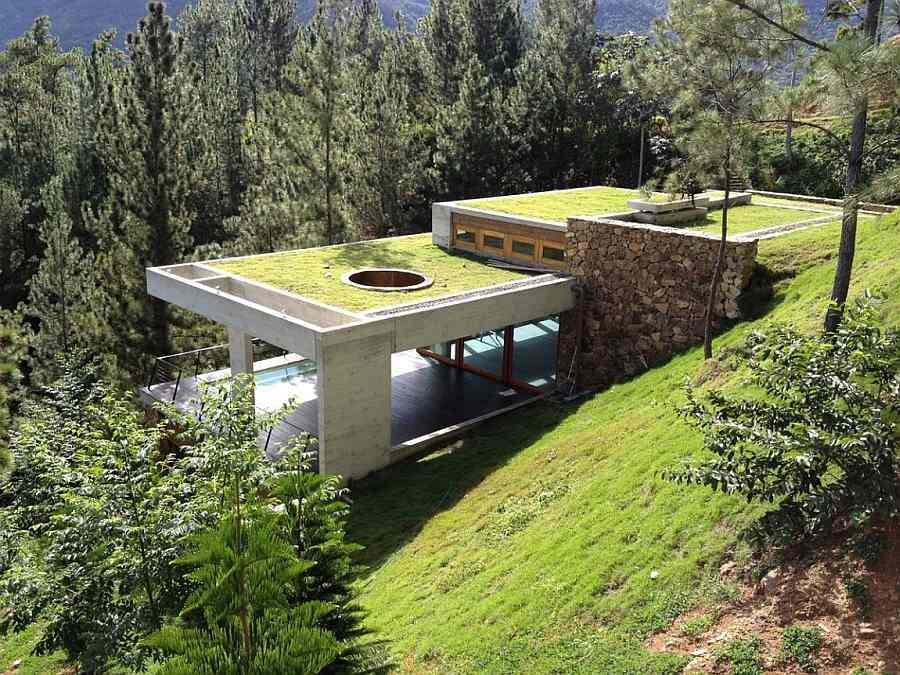India does not have to look very far for sustainable architecture as indigenous architects like Laurie Baker in the 1960s pioneered cost-effective, energy-efficient buildings and designs that maximised space, ventilation and light while maintaining an uncluttered yet striking aesthetic sensibility. Eco-friendly solutions like the Indian Coffee House in Thiruvananthapuram are a great example. The idea of sustainability, or ecological design, has once again been finding favour with architects
In contemporary architecture, companies like PVR Ltd are creating sustainable housing solutions.The aim is to allow nature to breathe through these constructions without obstruction. The goal is to produce LEED (leadership in energy and environmental design) approved designer buildings which help in cost-cutting and earn subsidies from the government as well. Self-sufficiency is another important factor of sustainable architecture, one which would render whole villages or cities capable of processing their own food. The overall design philosophy revolves around refined use of art, a sophisticated earthy colour palette and strong silhouettes.
Raw materials, which go into construction and are absolutely important but harmful to the environment, can be made less life-threatening by changing their chemical compositions at the molecular level like the cement major Dalmia Bharat did by reducing the carbon footprint emissions to 330 kg per tonne against the international average of 612 kg per tonne, they have achieved a landmark in the sustainable development model.






